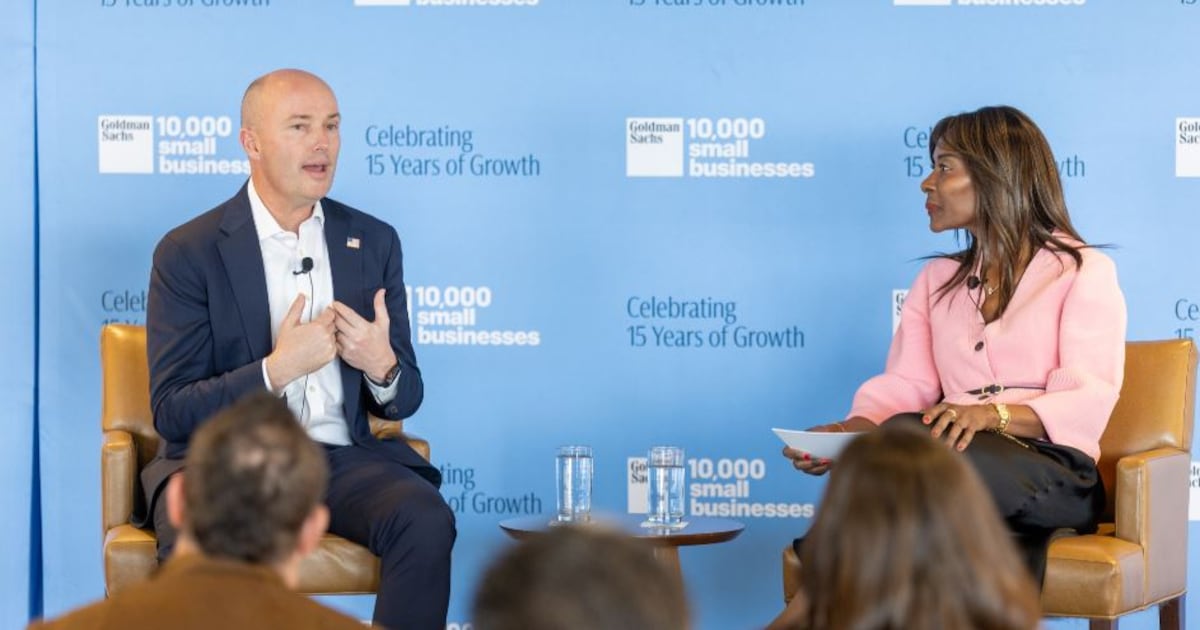Twitter's Turnaround: Has Musk Defied the Odds?
Business
2025-03-19 21:05:46Content

In a dramatic turn of events, Elon Musk's acquisition of Twitter in 2022 initially sent shockwaves through the advertising world, causing a mass exodus of brands and a significant drop in the platform's market value. The controversial takeover sparked widespread concern among advertisers, who were hesitant about the platform's future direction and potential content moderation changes.
However, recent reports suggest a remarkable recovery for the social media giant. Despite the initial turbulence, Twitter appears to have stabilized and potentially found its footing under Musk's unconventional leadership. The platform has managed to weather the storm of advertiser skepticism, demonstrating unexpected resilience in a challenging media landscape.
While the road has been far from smooth, Twitter's ability to bounce back highlights the platform's underlying strength and the continued relevance of social media in today's digital communication ecosystem. Musk's bold strategy and the platform's core user base seem to have played crucial roles in this surprising comeback.
Twitter's Resurrection: How Elon Musk Transformed a Struggling Platform into a Resilient Media Powerhouse
In the tumultuous world of social media and tech entrepreneurship, few stories have captured global attention quite like Elon Musk's acquisition and subsequent transformation of Twitter. What began as a controversial purchase that sent shockwaves through the digital landscape has evolved into a remarkable narrative of strategic reinvention and financial resilience.The High-Stakes Digital Transformation That Defied Expectations
The Initial Advertising Exodus and Financial Challenges
When Elon Musk completed his acquisition of Twitter in October 2022, the platform faced an unprecedented crisis. Major advertisers, concerned about potential content moderation changes and the platform's volatile leadership, rapidly withdrew their marketing investments. Companies like Apple, Disney, and numerous tech giants significantly reduced or completely halted their advertising spending, creating a massive financial strain on the newly privatized social media platform. The advertising pullback represented more than just a temporary setback. It signaled a profound uncertainty about Twitter's future direction and potential brand reputation risks. Musk's unconventional communication style and rapid policy changes further exacerbated advertiser concerns, creating a perfect storm of financial uncertainty.Strategic Pivots and Operational Restructuring
In response to the advertising exodus, Musk implemented a series of aggressive cost-cutting measures and strategic pivots. The company underwent massive workforce reductions, with approximately 80% of Twitter's original staff being laid off or voluntarily departing. This dramatic restructuring allowed the platform to significantly reduce operational expenses and streamline its organizational structure. Moreover, Musk introduced alternative revenue streams, including a revamped verification system and enhanced subscription services. The Twitter Blue program, which offered verified account status for a monthly fee, represented a novel approach to generating direct user-based revenue. These innovative strategies helped mitigate the financial impact of lost advertising income.Technological Innovation and Platform Rebranding
The platform's transformation extended beyond financial strategies. Musk rebranded Twitter to "X", signaling a more comprehensive vision of a multi-functional digital communication platform. This rebranding was accompanied by technological upgrades, improved content recommendation algorithms, and expanded features designed to attract both users and potential advertisers. The company invested heavily in artificial intelligence and machine learning technologies to enhance user experience and content moderation capabilities. These technological improvements aimed to rebuild trust with advertisers and demonstrate the platform's commitment to creating a more sophisticated, safer digital environment.Financial Recovery and Market Perception
Despite initial skepticism, recent reports suggest that Twitter—now X—has made significant strides in financial recovery. The combination of reduced operational costs, new revenue streams, and a more focused business strategy has helped stabilize the platform's economic position. Advertising revenues, while not yet at pre-Musk acquisition levels, have shown promising signs of recovery. Some major brands have begun cautiously re-engaging with the platform, attracted by its evolving technological capabilities and Musk's vision of a more open, less regulated communication space.The Broader Implications for Social Media Platforms
Musk's Twitter transformation offers critical insights into the dynamic world of social media entrepreneurship. It demonstrates the potential for radical organizational restructuring and the importance of adaptability in the rapidly evolving digital landscape. The case study provides valuable lessons for tech leaders about managing crisis, implementing strategic pivots, and maintaining investor and user confidence during periods of significant change. The platform's journey represents more than just a corporate turnaround story—it symbolizes the ongoing evolution of digital communication technologies and the complex interplay between technological innovation, financial strategy, and market perception.RELATED NEWS
Business

Economic Tremors: Italy's Business Giants Slash Growth Outlook Amid Looming U.S. Trade Threats
2025-04-02 08:49:05
Business

Entrepreneurs Unite: Trumbull County's Small Business Expo Opens Doors to Community Innovation
2025-03-05 20:55:00
Business

Small Business Revolution: Goldman Sachs Celebrates Milestone with 1,000th Program Graduate
2025-04-18 17:59:48





